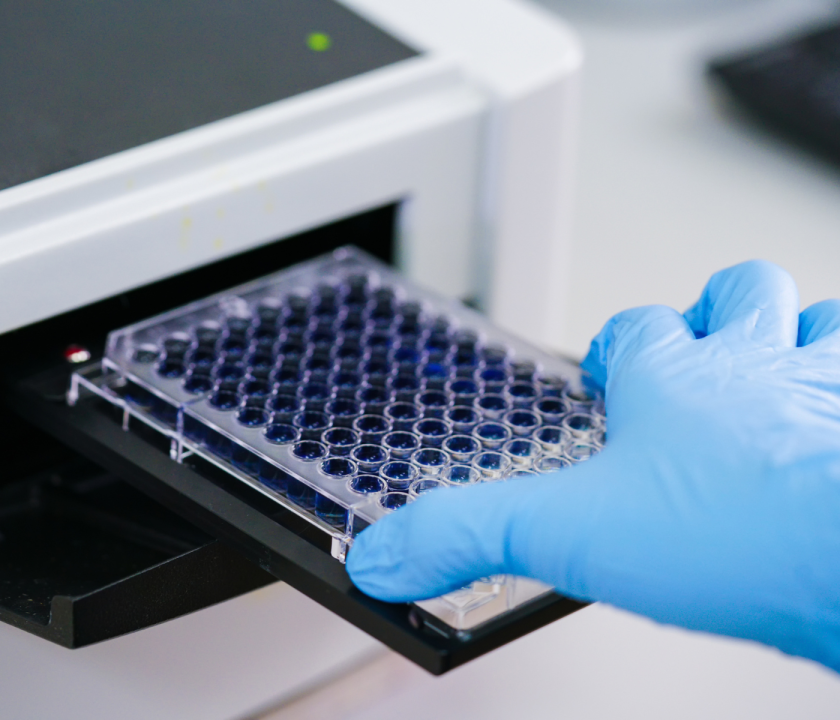A high immunity status is the best way to keep healthy poultry flocks. Using baselines for ELISA serology is a useful tool for monitoring this status.
Poultry health reality is variable in different poultry-producing areas of the world. However, the diagnostic tools veterinarians use to understand and measure different aspects of poultry health (serology, virology, bacteriology) are similar.
The use of ELISA technology is quite universal and there are ways to manipulate data to make it useful for day-to-day decision-making. The objective of this text is to describe a manner to analyze ELISA serology data and make it more useful to the poultry producer wherever ELISA serology is used.
Use of ELISA and definition of baseline
ELISA technology used in avian serology
- low cost,
- specificity and sensitivity,
- ease of use, and
- generation and tabulation for analysis of large amounts of computer-generated data.
It is relatively easy and probably recommendable for high throughput laboratories to produce yearly baselines for their poultry industry user base. Short of that service, companies themselves should monitor their own baselines.
Baselines are very useful, as they represent titer values that can be expected for certain types of poultry at certain ages for certain disease agents based on historical data. When new laboratory data is generated in the form of ELISA titers, it can be compared to baseline titers for the bird, age, and agent in one geographical location, or to baselines of a company’s own historical data.
Sampling strategies
There are 3 main objectives for ELISA testing:
- Monitoring birds for natural exposure to disease,
- Monitoring them for response to vaccination, and
- Diagnostic support.
It is for the second objective, monitoring for response to vaccination, that baselines are most used, although they will
Keep up to date with our newsletters
Receive the magazine for free in digital version
REGISTRATION
ACCESS
YOUR ACCOUNT
LOGIN
Lost your password?

